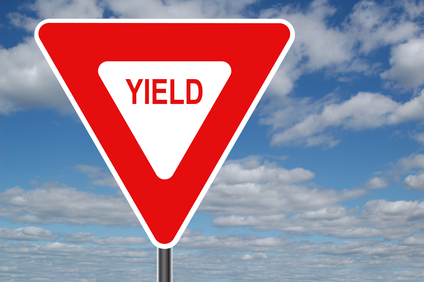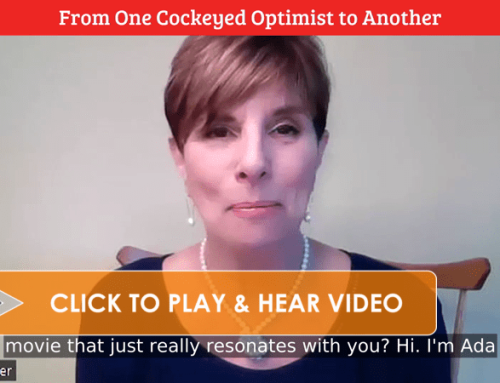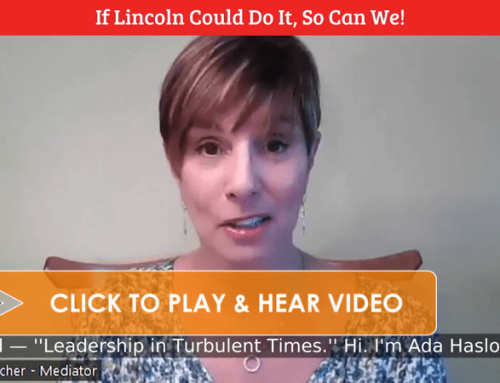 Living on Long Island, I spend a lot of time on the road. Much of my driving is either on the renowned Long Island Expressway, the Northern or Southern State Parkways, or on any number of the major north/south county roads. I have to tell you that driving on the Island is almost always a harrowing experience.
Living on Long Island, I spend a lot of time on the road. Much of my driving is either on the renowned Long Island Expressway, the Northern or Southern State Parkways, or on any number of the major north/south county roads. I have to tell you that driving on the Island is almost always a harrowing experience.
I don’t know what the deal is here, but everyone seems to be in a big rush all the time. Often my mediations are over late in the evening, and even when I’m driving home at 9:30-10:00 at night, drivers are riding someone’s bumper, passing on the right or coming out of left field to cut someone off. By the time I pull into my driveway, I give a big sigh of gratitude to the Lord up above for the fast reflexes and defensive driving that brought me home safe and sound.
When we used to see someone swerving on the road up ahead, we thought they were driving while intoxicated. Now when I see someone swerving on the road up ahead, I assume they are driving while in TEXTicated. And they usually are.
I asked myself, why are we all rushing? What is the difference if we get “there” two minutes before or two minutes later? Maybe it’s that when we know someone wants something, our limbic system views it as a threat and WE have to get it before we let someone else have it. No matter what “it” is! Hmmmm.
It occurred to me that the following 3 rules of the road are not dissimilar to the rules for a successful mediation:
1. Let’s just slow down for a moment and stop tailgating. Remember Driver’s Ed? For every 10 miles an hour you are driving, you should be at least one car length behind the driver in front of you. The reasoning behind that is that if they make a short stop, you are likely to go right through their back window unless you leave this amount of space between you.
- Mediation translation: Give your spouse some room to maneuver before you pounce – you might hear something you never heard before that will alter your thinking about how you want to proceed.
2. Yield to oncoming traffic. Oncoming traffic always has the right of way. When you see a driver attempting to merge, slow down and let them on.
- Mediation translation: Yield does not necessarily mean giving up. It means acquiescing, deferring and perhaps conceding to another point of view. Keep an open mind.
3. No passing on the right, no cutting off from the left.
- Mediation translation: Think about the last time someone blind-sided you. You were probably in a totally reactive mode, not using your best judgment and most importantly, not able to make the best decision for the circumstances.
And there you have it – my totally subjective, unscientific “rules of the road” metaphor for mediation.
Comments from Social Media
Once again, Ada, you have so eloquently said it all in a wonderful analogy that we can all relate to! Thank you
Marilyn McKnight
_________________________________________________________________
Great analogy! Definitely something we can all relate to (the drivers in South Florida are not much different from those you’ve described). Stay safe out there!
Carolann Mazza
_________________________________________________________________
Ada, a wonderful metaphorical analysis, thank you! I’d like to build upon it from the mediator’s perspective. If we can allow the parties to choose the avenues and byways that they are comfortable exploring then all participants may be surprised that the parties end up in green fields. A comment about balancing client autonomy in mediation and what it may bring. It’s also an observation that the map is not the territory!
Paul Lewis
_________________________________________________________________
This analogy transports to my area,Sussex,U K ,where it is just as relevant,and particularly so for a couple I,m seeing tomorrow! You may be quoted,along with the fact that the vehicles you are referring to can be damaged or breakdown,and then ….I see a mediator knowing where to refer our clients for help that maybe we are not skilled to provide,…to get that vehicle back on the road.
John Stebbing
- Is the Child Support Statute in New York State Still Relevant Today? (video) - April 2, 2024
- Managing Expectations Post-Separation or Divorce (video) - March 6, 2024
- Maintenance and Child Support Re-Visited (video) - February 21, 2024






This is great! I am in Ken Neumann’s mediation training right now and he has spoken very highly of you. Hope to meet you! Jann
Great Metaphor! Very useful for our clients!
Thank you so much, I am going to Riverhead soon, using the LIE and already feel a peace about it 🙂 Looking forward to applying these in practice!
Love this Ada. I think it pertains to relationships in general, not just ones in the midst of a divorce.